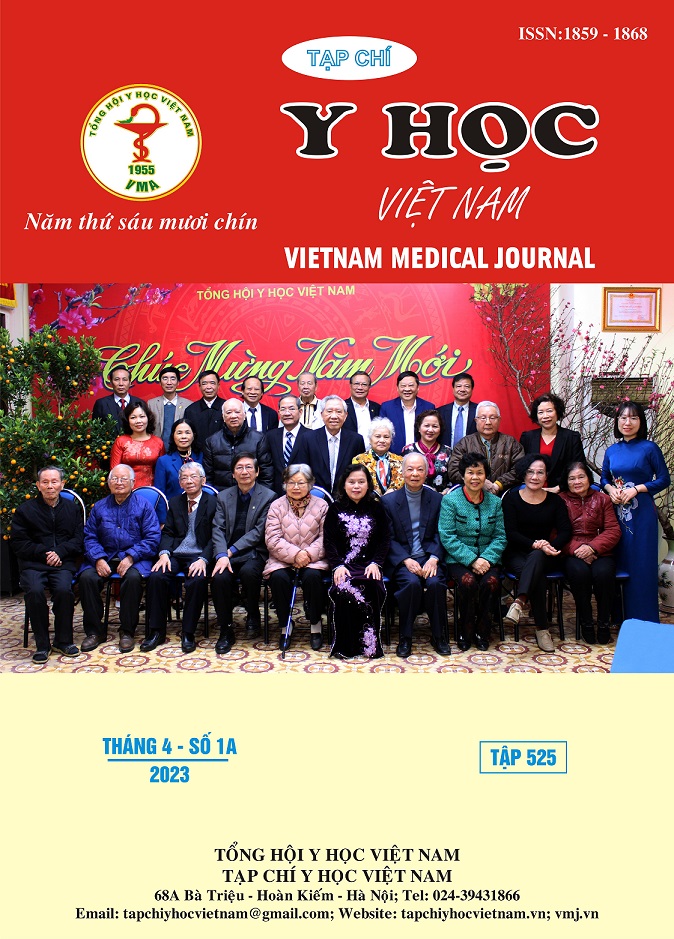ASSESSMENTS OF FACTORS AFFECTING ERRORS IN SURGICAL INSTRUMENT PACKAGING AT UNIVERSITY MEDICAL CENTER, VIETNAM FROM OCTOBER 2021 TO APRIL 2022
Main Article Content
Abstract
Surgical instrument processing is important to improving the safety of surgical care in hospitals. However, it has been rarely studied to date in Viet Nam. Errors in surgical instrument processing may increase operative times and costs and increase the risk of surgical infections. We aimed to investigate the errors occurred in packaging surgical instrument. A cross-sectional descriptive study to identify errors and evaluate factors affecting errors in inspection and packaging of reusable medical instruments at University Medical Center from October 2021 to April 2022 by checklist. The results recorded that 5.593 surgical instrument packages in the survey. A total of 151 (2.7%) errorss occurred, including incorrect instrument information (24.5%), instrument in failed cleaning (17.2%), incomplete packages (14.6%), instrument missing (5.3%), instrument malfunction (9.9%), wrong packaging tag (6.6%), wrong packing material (4%) and indicator card missing (5.3%). Incorrect instrument information was the primary packing error identified in study. Further effort is needed to standardize the packing procedure for instruments under the same category and more effort is required to reduce the error rate during high risk times, or in the surgery department. In addition, factors such as working shift, gender, education level, certificate of sterilization are associated to increasing errors in surgical instrument packaging.
Article Details
Keywords
Surgical instrument packaging, Reusual medical instrument
References
2. BYT (2017). Quyết định số 3916/QĐ-BYT về việc phê duyệt các hướng dẫn KSNK trong cơ sở khám chữa bệnh.
3. ECRI (2020). Misuse of Surgical Staplers Tops ECRI Institute’s 2020 Technology Hazards List. www.ecri.org/2020hazards.
4. APSIC (2017). The APSIC Guidelines for Disinfection and Sterilisation of Instruments in Health Care Facilities. http://apsic-apac.org. p. 53-58.
5. WHO (2016). Decontamination and reprocessing of Medical Devices for Healthcare Facilities. http://www.who.int. p. 54-56.
6. CDC (2008). Guideline for Disinfection and Sterilization in Healthcare Facilities. https://-www.cdc.gov. p. 73-75.
7. Kakinada K, Kamath R & Kamath S. (2019). Costing of sterilisation in the central sterile supply department (CSSD) of a tertiary care corporate hospital in South India. International Journal of Advanced Science and Technology, 28(20), 436-446.
8. Zhu X, Yuan L, Li T, Cheng P (2019). Errors in packaging surgical instruments based on a surgical instrument tracking system. First Affiliated Hospital of Soochow University, Suzhou City, China. PubMed.gov. 19(1):176.
9. Blackmore CC, Bishop R, Luker S, Williams BL (2013). Applying lean methods to improve quality and safety in surgical sterile instrument processing. Virginia Mason Medical Center (Seattle). PubMed.gov 39(3):99-105.


